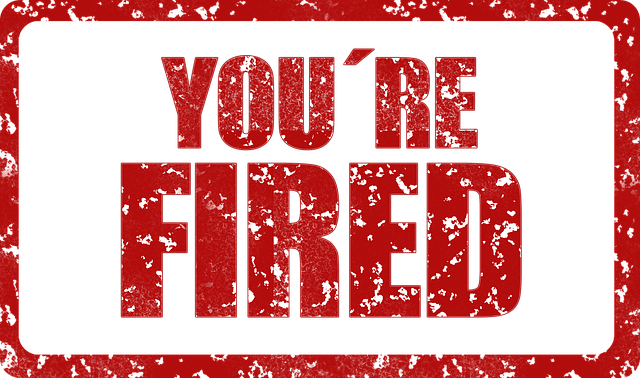GET IN TOUCH
Please contact us for more information. Our email is monitored seven days a week and we will get back to you shortly.

Welcome to this week’s blog on the law. This week I will explain why, when you have been fired from your job without good reason, in other words you have suffered wrongful dismissal, you might make a complaint with the BC Employment Standards Branch, or why you might be better off pursuing your claim outside that process.
Let’s start with some basic principles. First, an employer may fire an employee for almost any reason, provided they give the employee adequate notice of the termination, and either allow them to work through that notice, or provide them with the pay in lieu of the notice period. In other words, an employer does not have to keep a person employed if they are unhappy with them, but they do have to pay to get rid of them. The exception to this general rule is that an employer may not terminate someone for a reason that is discriminatory. Discriminatory termination is a human rights breach under the BC Human Rights Code. A decision to terminate someone is discriminatory, whether the employer intends it or not, if the decision is based on the race, colour, ancestry, religion, marital status, family status, physical or mental disability, sex, sexual orientation, or gender identity. When an employer fails to provide adequate notice or pay in lieu of notice, and there is not “Just Cause”, the termination is considered to be wrongful dismissal.
We will cover human rights breaches in another blog.
Second, an employer may fire an employee for cause, and avoid giving any notice or paying any severance, if the employee’s conduct is so egregious that the employment relationship cannot continue. This is called termination “for cause”. We will cover what justifies cause for termination in other blogs.
For now, if an employer does not terminate an employee for a reason that amounts to cause, they are responsible to pay the employee the minimum severance required under the BC Employment Standards Act. The Employment Standards Act is a written law, or statute, enacted by the BC government, and is enforced by a government agency called the Employment Standards Branch.
The minimum severance under the Employment Standards Act amounts to one week of wages after three months of service, 2 weeks of wages after 12 months of service, and after three years of service an amount equal to three weeks wages plus an additional week for every year of service after three years, up to a maximum of 8 weeks.
Note that I said the Employment Standards Branch cannot award more than 8 weeks of severance as a maximum. Many employees who face wrongful dismissal jump to making a claim under employment standards thinking it is their only recourse. This is not correct. Outside of the employment standards process, the employee can make a demand for severance based on common law. Common law does not come from a piece of legislation, like the Employment Standards Act, rather, common law comes from the decisions of judges in courtrooms that have developed over time.
The common law on wrongful dismissal is generally much more generous than the law under the Employment Standards Act. As a general rule of thumb, an employee may receive about a month of severance for every year of service with an employer, which is three to four times that provided under the Employment Standards Act.
The amount of severance paid under common law will vary from case to case, and will depends on a variety of factors, such as the age of the employee, their experience and qualifications, their seniority and generally how difficult it will be for the employee to find a similar job. Many employees can make a demand for common law severance and negotiate that amount with the employer without the help of a lawyer. If the negotiation is not successful, the employee can file a claim in BC small claims court, and seek up to $25,000 of severance in that court. Larger claims must be heard in the BC Supreme Court.
In more serious cases, where the length of employment has been longer, such as more than 4 or 5 years, the employee might seek the help of a lawyer to pursue their claim. Larger severance claims often result in the employer alleging they had cause to fire an employee, even if they didn’t, just so they can avoid paying the money. An employer will often put in issue the employee’s competence or honesty, and having an objective advocate to combat these allegations is important and will remove much of the stress from the employee.
I hope you have learned something from this blog. Please feel free to like us on Facebook, follow us on Twitter and subscribe to our YouTube channel to receive notice of our future weekly video blogs on the law. If you have employment issues you would like to discuss, League and Williams offers free consultations and may be contacted at either 250-888-0002 or via email at info@leaguelaw.com.